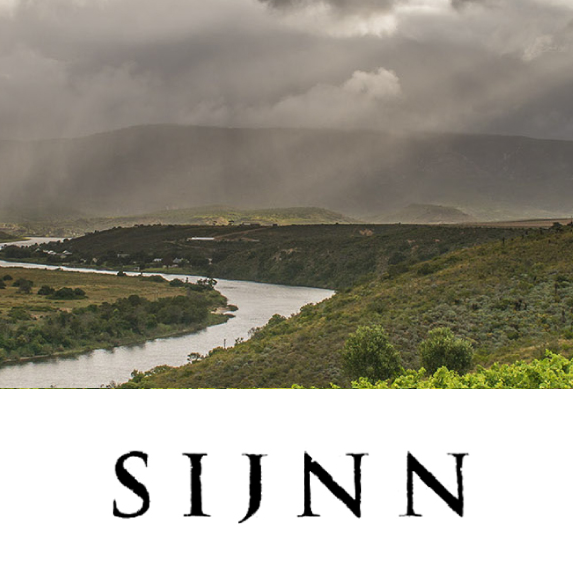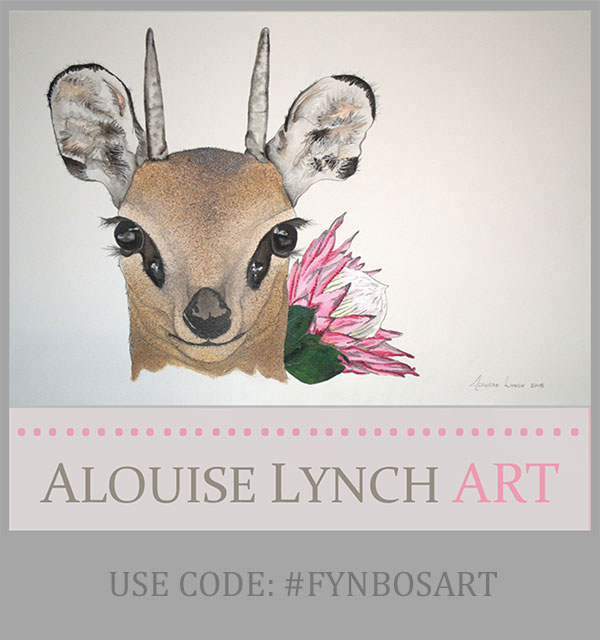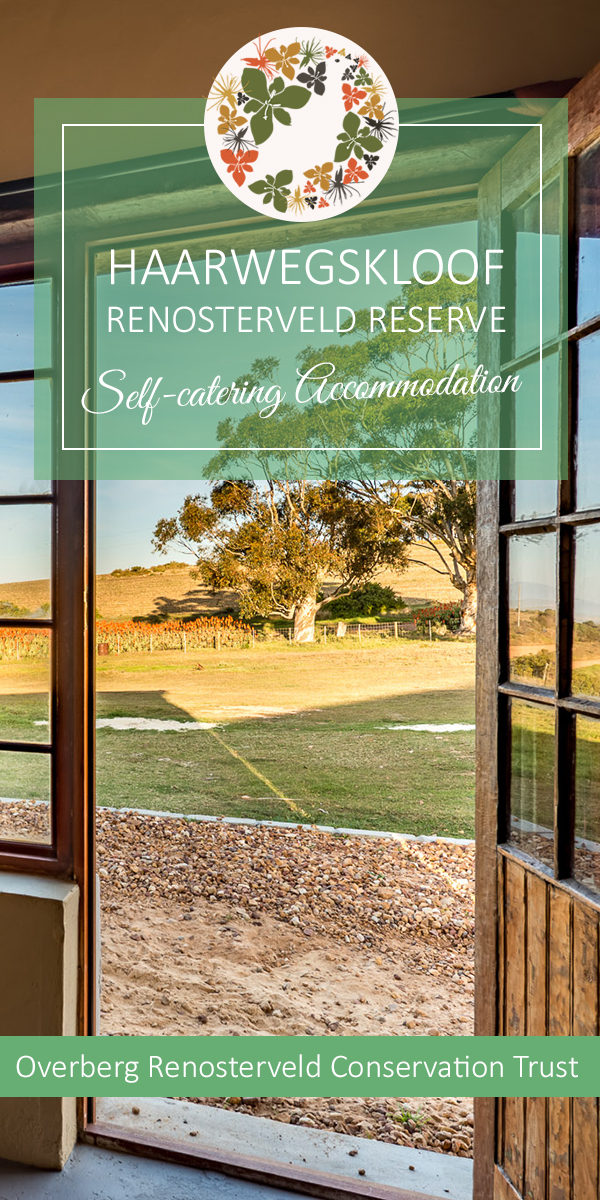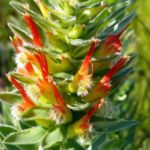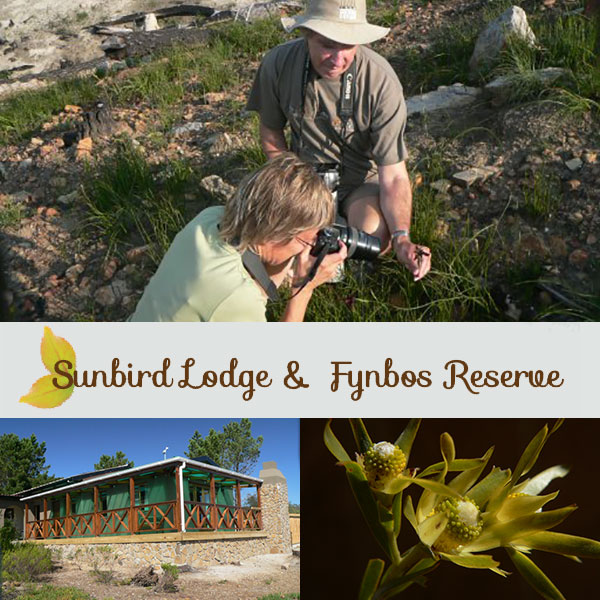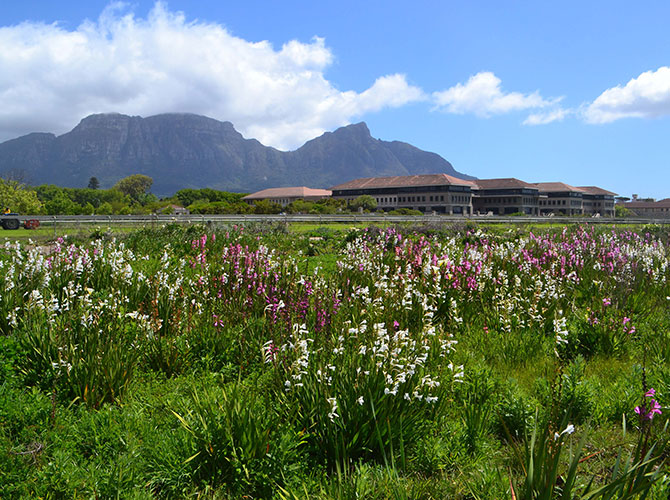
Kenilworth Racecourse: Refuge for a flora on the edge
The City of Cape Town is one of South Africa’s largest urban areas. It is also one of the country’s greatest conservation challenges. The Cape Peninsula, at the south-western tip of the African continent, on which Cape Town has been built happens to be one of the world’s biodiversity hotspots.
The Peninsula is home to a total of 2,285 plant species, of which 7% are endemic and therefore occur nowhere else on earth. The area has the greatest concentration of plant species per unit area than anywhere else within the Cape Floristic Region.
The montane flora of the Cape Peninsula is now well conserved, with most habitats lying within Table Mountain National Park. The story is rather less rosy for the equally precious lowland habitats of the Cape Peninsula.
Historic photos from as recently as the early 1900s show just a few houses and farmsteads. Rapid urban expansion over the last 100 years has transformed the landscape into a sea of suburbia and shopping malls. The precious habitats and biodiversity of the Cape Flats have been destroyed, fragmented, isolated and disturbed. Written accounts, old photographs and herbarium specimens are often all that remains of what has been lost.


Top: Drosera trinerve (sundew) in flower. Photo: Stuart Hall. Above: Serruria glomerata. Photo: Stuart Hall.
Fortunately, in a few places, life hangs on. One of these places is Kenilworth Racecourse Conservation Area (KRCA). This site lies at the heart of Cape Town’s Southern Suburbs. It is Cape Flats Sand Fynbos. This vegetation type is endemic to the Cape Peninsula and is classified as ‘Critically Endangered’. Six species from this vegetation type are now extinct in the wild. Only 15% of its former extent now remains.
The conserved area of KRCA lies within the racecourse itself. The reserve is about 52 ha in size and is home to a total of 310 plant species. Thirty-four of these are threatened and one of these is endemic, occurring only at KRCA.
The reserve is also home to a wealth of fauna, including reptiles, amphibians, birds and mammals. The Cape Platanna and Critically Endangered Micro Frog are some of the wildlife highlights, living in the 16 wetlands that lie within the reserve. The latter is the smallest frog on the African continent.

Above: Erica imbricata. Photo: Stuart Hall.
Due to the sensitive nature of the site, access to KRCA is strictly controlled. Walks are however organised by the Friends of Kenilworth Racecourse Conservation area in winter for people to see the area’s amphibian residents as well as later in the year to enjoy the spring flowers. They also run regular evening lectures.
We were lucky enough to visit the reserve in October thanks to a walk organised by Alex Lansdowne. This was an enjoyable and highly informative outing, with lots of great botanising to be done on a beautiful Cape Town spring weekend.

Above: Spectacular post-fire spring flowers at KRCA. Photo: Stuart Hall.
This was a great opportunity to see some of the specials in the reserve, as well as to see how the fynbos has been regrowing after the controlled burn done by the reserve’s excellent management team back in the autumn.
Until the last couple of years, the vegetation at Kenilworth Racecourse had not burnt for more than 100 years. Fynbos is both a fire-prone and fire-dependent vegetation type and needs fire for its plant’s seeds to germinate.
Unfortunately one of the greatest management challenges for the few remaining fragments of Cape Flats Sand Fynbos is ensuring that each patch is burnt at an appropriate interval, given that isolation of these urban fragments means that fires cannot travel through the landscape as they would have done in the historic past.

Above: Diastella proteoides (Cape Flats Silkypuff) (Critically Endangered) One of the smallest members of the Proteaceae Family. This beautiful species is experiencing ongoing habitat loss due to urban expansion, agriculture, alien plant invasion, mowing under electricity pylons and inappropriate fire management practices. Photo: Stuart Hall.
The management team at Kenilworth racecourse have risen to this challenge, and have over the last couple of years been implementing a highly effective burning plan. Owing to the long term absence of fire at the site, the area had been extensively colonised by large woody shrubs such as Searsia lucida. If the area was burned immediately, the fire would have burned too hot and thus having the potential to destroy many precious seeds remaining in the soil seed bank.
Instead, the larger woody shrubs were manually cleared. This meant that when the burn took place, the vegetation would burn at a lower temperature as the fire was carried through. This has meant that the fynbos has recovered well after the burns that have taken place. Some species that have appeared after these fires have not been recorded at the site for more than 100 years.

Above: Out of the ashes: New life begins to emerge after the burn. Photo: Stuart Hall.
We were treated to some spectacular post-fire flower displays – Truly one of the highlights of spring in this fire-prone, fire-dependent landscape. The management team of KRCA are to be commended for their excellent work. Long may it continue to conserve this beautiful and precious area of Cape Flats Sand Fynbos in perpetuity.
Find me on Instagram
Plant Information
Connect on Social
Connect on Facebook, Twitter and Instagram
Taking Action
There are many environmental organisations based in Cape Town and beyond that require the services of volunteers to undertake their work. So if you have a little time to spare please get involved.

